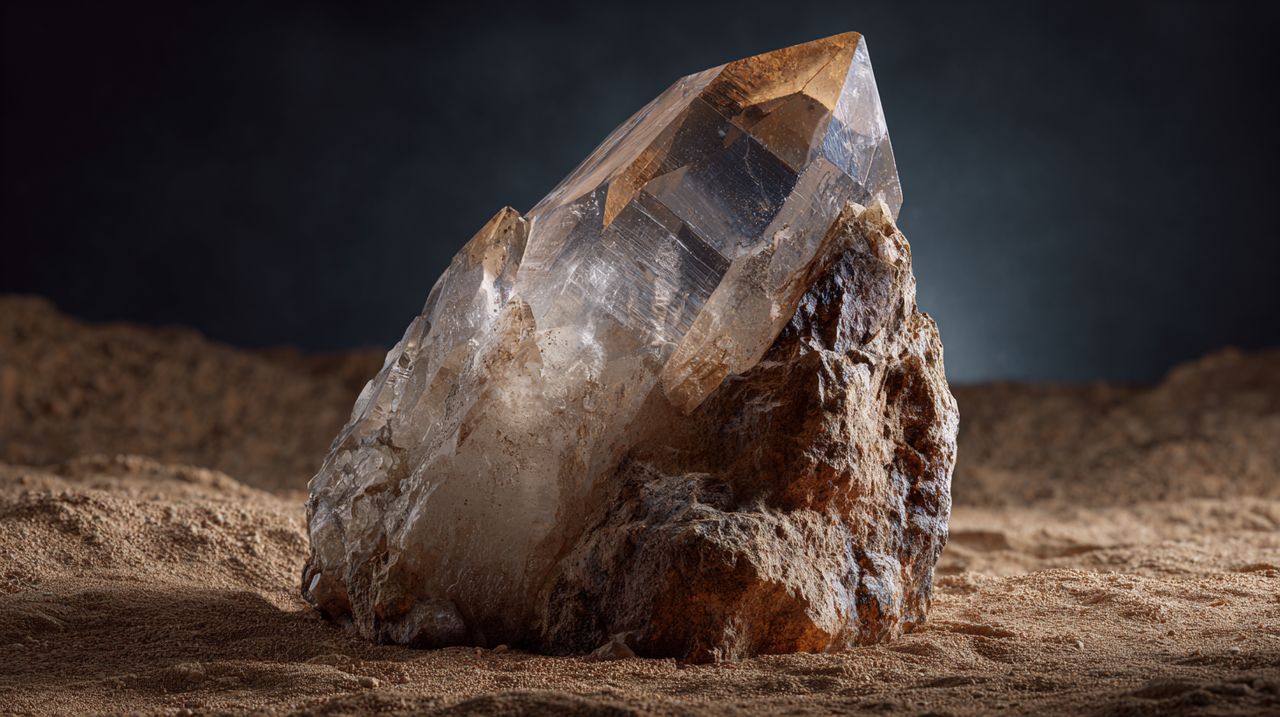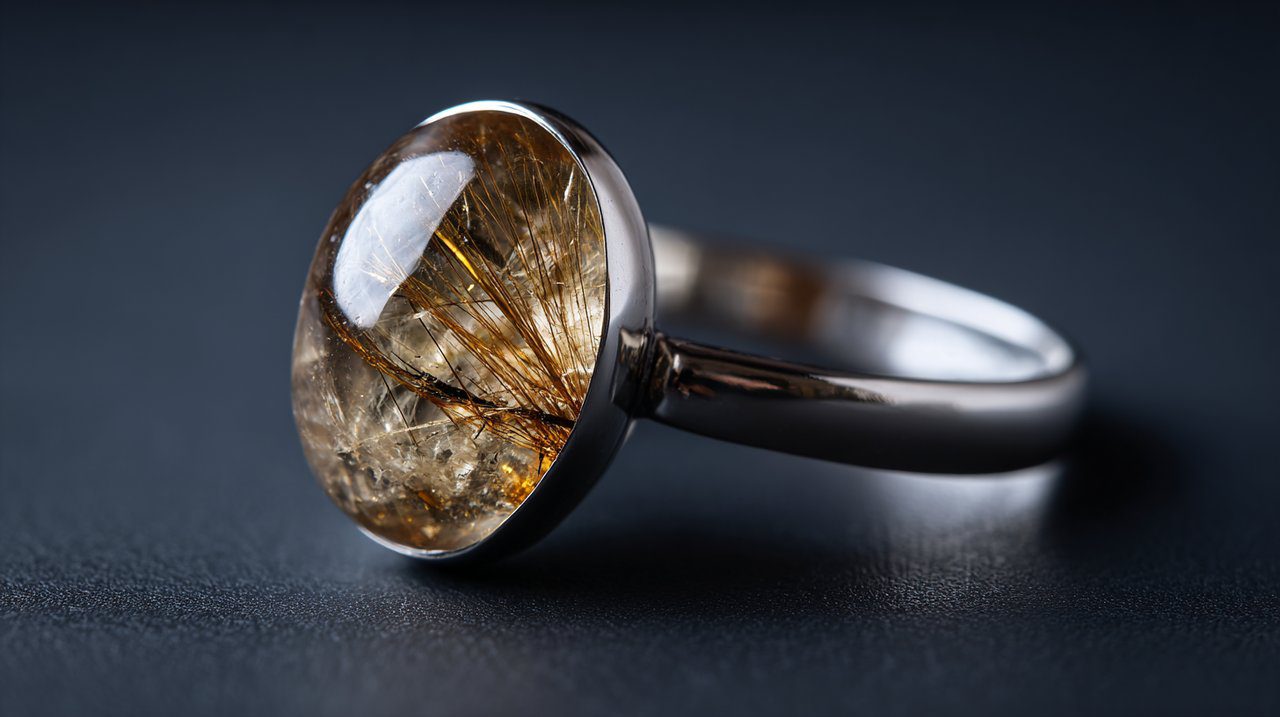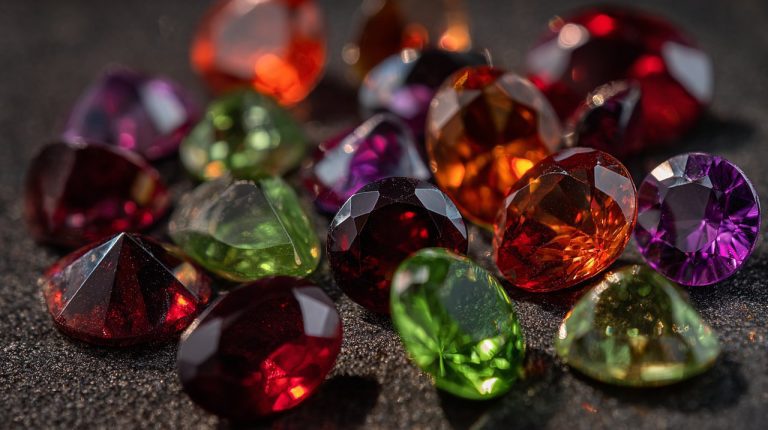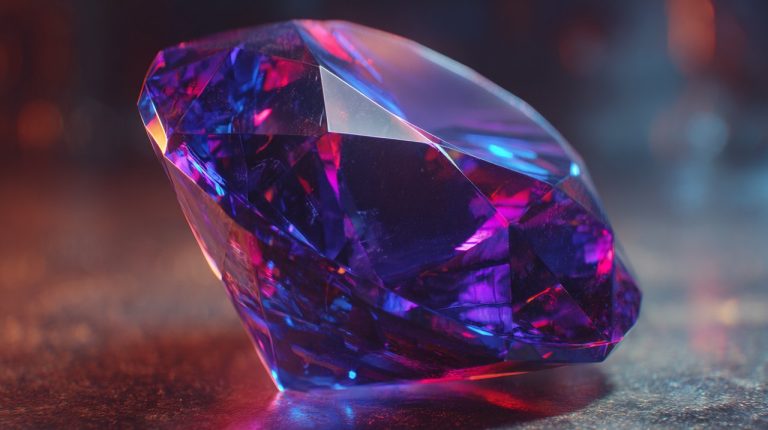How Much Are Crystals Worth? Your Comprehensive Guide to Quartz Pricing & Value
Quartz Value in the Market
The true value of a crystal extends beyond its shimmering surface. For quartz, Earth’s second most abundant mineral, its worth is a dynamic interplay. Geological origins, inherent beauty, and fluctuating market demand all contribute. This guide provides a precise understanding of quartz’s economic value.
Earth’s Story and Market Value
Crystals emerge from Earth’s ancient depths, geological wonders cherished for their raw beauty. Many also sense their subtle energies. Yet, these silent formations possess a tangible market value, often shaped by currents far beyond their inherent allure. This complex interplay defines how we perceive their true worth.

The true worth of a crystal blends its geological story with the shifting tides of the market. A raw quartz rock, still bearing the earth’s touch, might hold deep spiritual meaning for some, yet its market price could remain modest. Conversely, a clear quartz, meticulously shaped and polished, often commands a higher price, reflecting human artistry and optical beauty. Our focus here is on the tangible, market-driven aspects of quartz crystal price, guiding your understanding of its economic rhythm.
Factors Influencing Quartz Value
The market value of quartz is shaped by several key elements. These factors reveal its unique place in both the natural world and the commercial sphere.
Geographic Origin and Rarity
Quartz’s origin and scarcity significantly impact its market standing.
- Geographic Roots: Certain lands nurture quartz with distinct qualities. Brazilian clear quartz, known for its brilliance, or Madagascan rose quartz, celebrated for its deep hue, exemplify this.
- The Essence of Scarcity: While quartz is generally abundant, particular formations or varieties are truly rare. Rutilated quartz with golden threads, or large, unblemished specimens, are unique finds. Exceptional pieces can command a value many times higher than common varieties. For instance, a pristine, large crystal from a newly discovered, limited vein, such as the recent finds in Arkansas, might fetch prices comparable to historical auction records, as documented by Sotheby’s gem division.
- Companion Minerals: When quartz shares its home with other minerals, such as gold, its value can significantly rise. These unique natural partnerships are highly sought after.
Quality and Aesthetic Appeal
A crystal’s visual qualities reveal its inherent beauty and market desirability.
- Clarity (Transparency): Clarity refers to how openly quartz invites light. Highly transparent clear quartz, with minimal internal clouds or inclusions, is often more valued. Quartz transparency directly impacts its visual depth.
- Color: For varieties like rose quartz or smoky quartz, the depth and evenness of hue are crucial. A deep, consistent pink in rose quartz, or a rich, uniform brown in smoky quartz, is more cherished. For example, a vibrant rose quartz can command double the price of a pale, streaky specimen.
- Form and Cut: The crystal’s shape, whether a natural point, a raw chunk, or a polished sphere, influences its appeal. Perfectly formed natural points are valued for their inherent structure. A large, raw quartz rock appeals to a different seeker, while intricate carvings add human artistry.
- Size and Presence: Larger specimens of exceptional quality are rarer. They tend to carry more value. The price per carat for yellow quartz (citrine) or the sheer presence of a clear quartz crystal directly reflects its size and rarity.
Processing and Craftsmanship
The journey from earth to hand often involves human touch, adding to a crystal’s perceived value.
- Raw versus Polished: A rough smoky quartz, still bearing the earth’s raw embrace, holds a different value than a smoky quartz sphere smoothed by human hands. Polishing refines its beauty, reflecting the effort involved.
- Artisan Craftsmanship: Intricate carvings, thoughtful cuts, or unique designs infuse a piece with new value. This blend of nature’s gift and human artistry elevates its worth.
While quartz’s inherent properties set its foundational worth, human interaction and global commerce introduce a powerful layer of market dynamics.
Market Dynamics of Quartz
The human market profoundly shapes quartz’s cost. Prices ebb and flow, guided by availability and collective interest.
- Currents of Popularity: Social media trends or spiritual movements can temporarily swell prices for certain types, such as rose quartz. A sudden wave of interest can increase a stone’s market value by 20-50% in a short period, a phenomenon observed in the 2020 surge for rose quartz, as noted by the International Gem Society (IGS).
- Ethical Sourcing and Authenticity: Sellers who offer authenticity and ethical sourcing build trust. This commitment often translates to fair pricing, assuring the seeker of a crystal’s true origin and quality. This growing consumer preference can add a premium of 10-20% for certified ethically sourced pieces, as seen in specialty retailer reports.
- Wider Economic Influences: Global shifts, such as changes in mining access or shipping, can ripple through the quartz market, gently pushing prices higher. For instance, new import tariffs, such as those impacting goods from Brazil, can increase overall costs by 5-15%, according to the latest industry trade reports from the American Gem Trade Association (AGTA).
- Functional Applications: Beyond its aesthetic charm, how quartz is used in everyday life, perhaps in electronics or timekeeping, can also influence the market for certain grades. This functional purpose adds another layer to its value.
Individual Values of Quartz Varieties
The quartz family is diverse, each variety holding a unique market position. Understanding these differences is key to discerning true value.
Rose Quartz
Rose quartz, cherished for its soft pink glow, is often abundant and generally accessible.

- Value Factors: The depth of its pink hue, clarity (less cloudiness is preferred), and size are the main elements shaping the rose quartz cost.
- Price Spectrum: Small, smooth stones might cost a few dollars. Larger, deeply colored, clear specimens or artful carvings can range from $50 to $500, depending on quality and size, as observed in leading market price guides like GemGuide. Common rose quartz is rarely expensive.
- Identifying Quality: Seek a consistent, deep color with minimal white streaks. How much rose quartz costs largely depends on this visual harmony.
Smoky Quartz
Smoky quartz, with a spectrum from translucent browns to opaque black, offers a wide range of values.
- Value Elements: A deeper, more consistent color, clear internal landscape, and beautifully formed natural points all elevate smoky quartz value. Morion, its darkest form, is often held in higher regard.
- Price Range: While generally found, an exceptionally large, flawless, or perfectly terminated smoky quartz crystal can be quite precious, often 5-10 times more valuable than average pieces, according to expert appraisals from certified gemologists. How much smoky quartz is truly worth varies as widely as the shades of twilight.
- Raw versus Refined: A rough smoky quartz, in its raw, earthy state, typically carries a more humble value than a polished piece, unless its natural form holds a unique story.
Clear Quartz
Clear quartz, also known as rock crystal, is widely available yet cherished for its pristine clarity and adaptable nature.
- Price Factors: Optical clarity, absence of internal clouds or inclusions, and perfectly formed crystal structures are paramount. The clear quartz price rises significantly with its size and unblemished transparency.
- Valuable Specimens: Large, perfectly terminated clusters or single points, especially those sought for profound crystal work as healing crystals or exquisite display, can reach significant values. A museum-quality piece can easily command thousands of dollars, as seen in high-end gem sales at Christie’s.
- Rock Crystal Quartz: This term refers to clear quartz, and its value is measured by the same principles of purity and form.
Other Quartz Forms
The quartz family embraces many other beloved varieties, each with unique value shifts.
- Amethyst: Cherished for its regal purple. Deep, rich, and evenly colored specimens are most sought-after. High-grade amethyst can be 3-5 times more valuable than pale varieties.
- Citrine: Natural citrine is prized for its warm yellow to orange tones. The price per carat for natural, untreated yellow quartz can be quite notable, especially for rare, deep orange hues.
- Milky Quartz: Abundant and opaque, the milky quartz value is generally modest. Exceptions include unique natural sculptures or special carvings.
Unique Quartz Formations
Sometimes, quartz reveals formations or inclusions that dramatically elevate its worth.
- Quartz Geode: A simple stone hiding an inner cave lined with shimmering crystals. How much a quartz geode is worth depends on its size, the clarity of its inner crystals, and their intricate patterns. A large, well-formed geode can easily fetch hundreds of dollars.
- Rutilated Quartz: This quartz holds delicate, needle-like threads of rutile, like golden whispers frozen within the stone. The density and unique patterns of these inclusions make it highly valuable, often 2-3 times more than clear quartz of similar size.
- Gold in Quartz: When visible veins of gold weave through quartz, these specimens are highly sought after. They command higher values due to the precious metal’s presence, often elevating the price by 50% or more compared to gold-free specimens.

Navigating the Crystal Market
Armed with an understanding of what shapes a crystal’s value, you can approach the market with confidence. Discerning the market for quartz, or even the value of obsidian, requires a similar mindful observation.
Identifying Authenticity and Quality
Before acquiring any crystal, ensure you connect with its true essence. This requires careful observation and specific techniques.
- Observe Closely: Take time to learn what quartz looks like in its myriad forms. Observe its natural shapes, color consistency, and inner clarity. Beyond visual observation, techniques like hardness testing can differentiate true quartz from softer imitations. Examining internal structures under magnification may reveal natural growth patterns or tell-tale signs of artificiality, as noted by the Gemological Institute of America (GIA).
- Recognize Imitations: Some crystals may be enhanced with dyes, heat, or even be human-made, like colored glass pretending to be quartz. A seller with integrity will openly share any such treatments, guiding you to true natural forms.
- Understand Origins: Research the typical qualities of quartz from different regions. The distinct characteristics of certain origins, such as the deep red hues often associated with red agate stone meaning, can offer clues to authenticity.
Price Benchmarking
Understanding general price ranges helps you discern fairness.
- Common Varieties: Small, smooth pieces of rose or clear quartz might cost $1-$5 each. A quartz of this size represents a gentle investment.
- Larger Specimens: For quality pieces weighing a pound or more, how much quartz is worth per pound can range from $10-$50 for common varieties. Truly rare discoveries can reach hundreds or thousands of dollars per pound, reflecting their scarcity and collector appeal.
- Unique Creations: Intricate carvings, high-grade display pieces, or those with rare inclusions carry a higher value. How much a crystal costs reflects these many factors.
Where to Find Your Crystal
Your chosen path to finding a crystal greatly influences its authenticity and fair value.
- Specialty Shops: These often offer knowledgeable guidance and higher quality items.
- Gem and Mineral Shows: These gatherings offer rich variety and the chance to speak directly with those who unearth these treasures.
- Online Retailers: If choosing this path, read reviews and understand policies. Look for clear images and detailed descriptions. Always verify the seller’s reputation. For items like a jade bracelet chinese meaning, understanding cultural context is as vital as evaluating its physical form.
- Ethical Sourcing: Consider sellers committed to ethical mining practices. This commitment adds a profound value to your connection with the earth, reflecting respect for its origins.
The journey to understand a crystal’s true worth is a continuous process of learning and appreciation. By blending geological wisdom with an awareness of market currents, you become a discerning companion, appreciating the many layers of value these earth-born treasures hold. This comprehensive understanding not only informs your purchases but also deepens your connection to the natural world and the profound ways healing gemstones contribute to overall well-being. Why Healing Gemstones Matter for Your Health
💡 Frequently Asked Questions
The value of a quartz crystal is determined by its rarity and origin (like geographic source and scarcity), its quality and aesthetics (clarity, color, form & cut, and size), human intervention (whether it's raw or polished, and craftsmanship), and market dynamics (popularity, ethical sourcing, and economic trends).
The "4 Cs" used to assess quartz quality are Clarity (transparency), Color (depth and evenness of hue), Form & Cut (natural shape or polished design), and Size & Presence (larger, exceptional specimens tend to be more valuable).
Rose quartz is generally accessible. Smoky quartz value varies widely based on color depth and clarity. Clear quartz (rock crystal) value rises significantly with size and unblemished transparency. Amethyst and Citrine are valued for their rich, even color. Milky quartz is typically modest. Unique formations like geodes, rutilated quartz, or quartz with visible gold inclusions can dramatically increase its worth.
A raw quartz crystal, in its natural state, often has a more humble market value, though it may hold spiritual meaning. A meticulously shaped and polished crystal, however, can command a higher price due to the artistry, optical beauty, and human effort involved in its refinement.
To ensure authenticity and quality, it's important to learn the natural appearance of quartz, be aware of imitations (like dyed or heat-treated stones or human-made glass), research typical qualities from different regions, and seek out sellers known for integrity, authenticity, and ethical sourcing practices.








